Astaxanthin
Astaxanthin is a keto-carotenoid. It belongs to a larger class of chemical compounds known as terpenes (as a tetraterpenoid) built from five carbon precursors, isopentenyl diphosphate, and dimethylallyl diphosphate. Astaxanthin is classified as a xanthophyll (originally derived from a word meaning “Yellow leaves
Send Enquiry
Astaxanthin is a keto-carotenoid. It belongs to a larger class of chemical compounds known as terpenes (as a tetraterpenoid) built from five carbon precursors, isopentenyl diphosphate, and dimethylallyl diphosphate. Astaxanthin is classified as a xanthophyll (originally derived from a word meaning “Yellow leaves
Related Products
-
Get Quote
Silymarin {Milk Thistle}
Silymarin {milk thistle}has other common names including cardus marianus, milk thistle, blessed milkthistle, marian thistle, mary thistle, saint mary’s thistle, mediterranean milk thistle, variegated thistle and scotch thistle this species is an annual or biennial plant of the family asteraceae. This fairly typical thistle has red to purple flowers and shiny pale green leaves with white veins
-
Get Quote
Grape Seed Extract
Grape seed extract is an industrial derivative of whole grape seeds. The extract contains proanthocyanidins. Grape seed extract quality is measured by the content of procyanidins which are formed from proanthocyanidins. Generally, grape seed extract quality contains 95% procyanidins

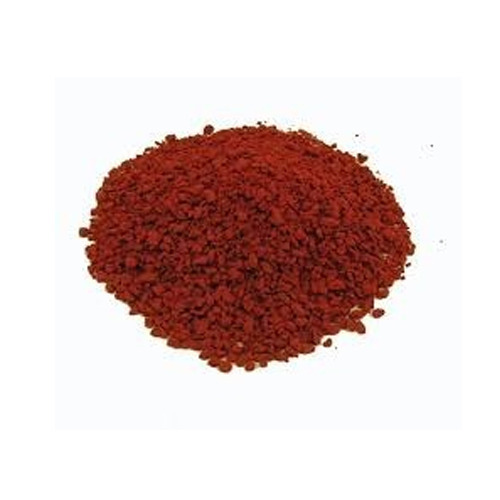
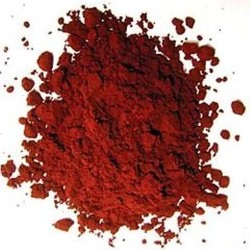
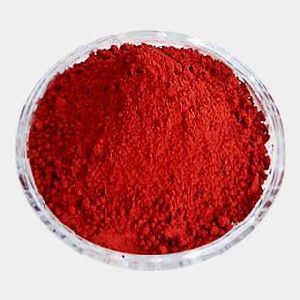
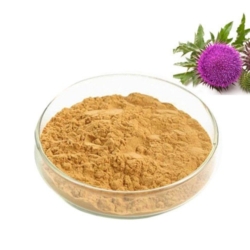
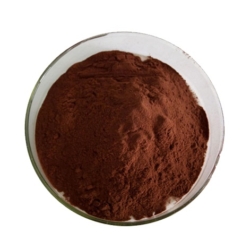
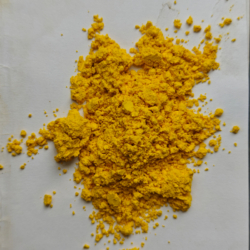
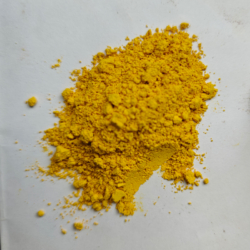
Reviews
There are no reviews yet.